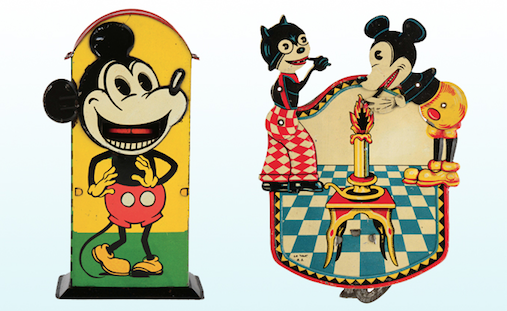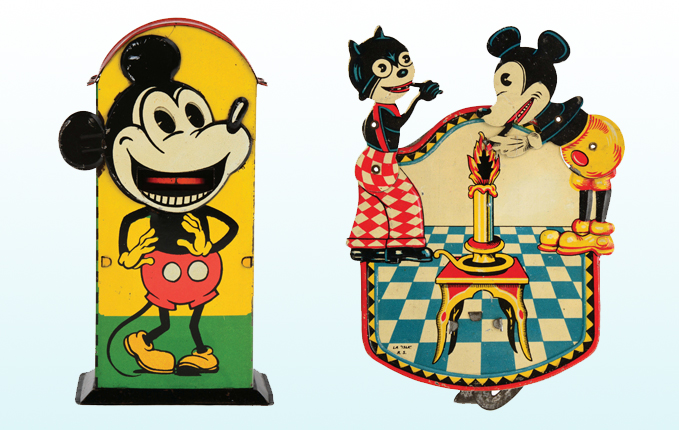
NEW YORK (ACNI) – In times of uncertainty, objects of value – whether art, gold coins or precious gems – have served as a trustworthy hedge against market volatility. After the stock market crash of 1929, investors with cash reserves knew a long recovery lay ahead and moved their money into gold, rare cars, fine wines, paintings, precious gems and other uncommon goods.
It isn’t a modern concept. For centuries European royal families have diversified their holdings to include portable tangible assets that could be liquidated or used as collateral, should the need arise. While some researchers have called it into question, historical lore says Queen Isabella of Spain tapped into her substantial trove of jewels in the 1490s to finance Christopher Columbus’ first voyage to the New World.
Diversification and Collectibles
Minimizing risk through asset diversification remains one of the basic strategies of financial planning, but the nature of those assets has changed. Over the past 20 years, the rise of collectibles in the marketplace – with a Star Wars action figure* selling for $185,850, and a collection of cast-iron mechanical banks** topping $7.7 million – has increasingly led to their inclusion in many savvy investors’ portfolios.
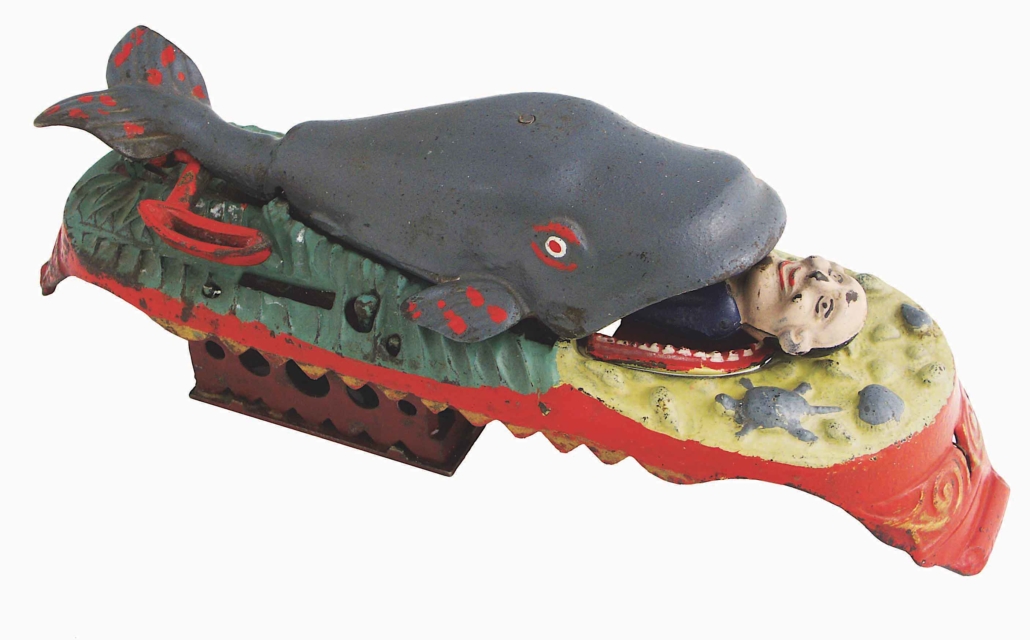
Morphy Auctions in Denver, Pennsylvania is a full-service auction house with scores of world auction records to its credit. Tommy Sage Jr, who heads the company’s Toys & Trains division, says when financial markets are shaky, some of their regular customers put their money into select tangibles such as fine jewelry, antique guns, rare lamps (e.g., Tiffany Studios), and vintage toys and trains.
Some Investors Say Rare Antique Toys Are a Wise ‘Play’
In spite of its having taken place nearly two months after America’s first COVID-19 case was reported, Morphy’s March 10-11 auction of toys, banks and automata pulled in a hefty $1.6 million. Remarkable prices were paid for rare, early Disney toys, many of which were produced in Germany during the Great Depression. A classic depiction of Mickey Mouse, 9 inches high with moving “pie-eyes” and an articulated mouth, sold for $64,575 against pre-sale expectations of $20,000-$40,000. A German-made lithographed tin bank with whimsical Mickey Mouse graphics swept past its $15,000-$25,000 estimate to settle at $35,670.
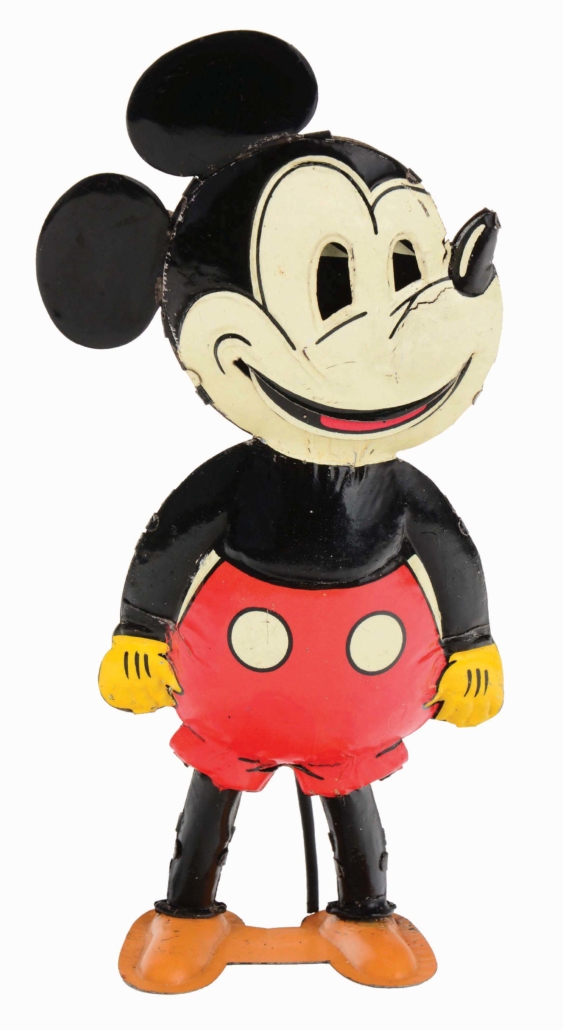
Why were bidders at that sale so bullish about early Disney toys? Sage, who is an expert on the subject of Disney collectibles, chalked it up to rarity. “I had never seen some of those toys before and wasn’t even aware that they had been made. Plus, some of the toys in that collection were either the only known examples or the best of all known examples.” Sage believes that no matter what the collecting category may be, “it’s the rarest and best that will hold their value.”
At the March 10-11 auction Sage says one of Morphy’s longtime customers stated that he was “pulling money out of the market and buying things he could actually look at and enjoy instead of just watching numbers go down. That way, if he ever decided to resell the toys, he would have much more control over the prices and could sell when and to whom he wanted to. Actually, I have heard several people say similar things.”
The Force Is with Star Wars Action Figures
Founded in 1967, Hake’s Auctions in York, Pennsylvania, is considered the granddaddy of all collectibles specialists, offering well over 200 categories of toys and memorabilia, from early presidential campaign buttons to original comic book art – which now rivals fine art, pricewise. Like Morphy’s, Hake’s has set and broken numerous world auction records, including its own house records.
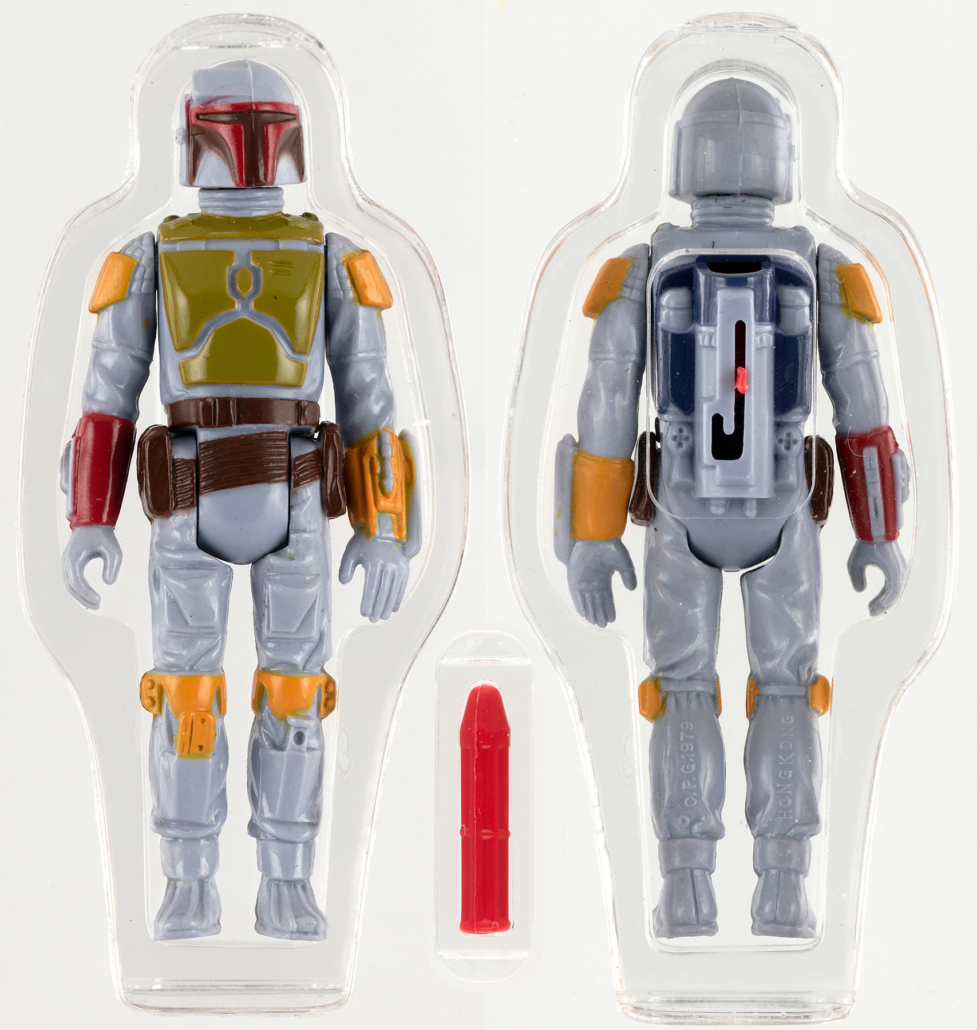
Hake’s president Alex Winter agrees with Tommy Sage about rarity being the overriding factor that drives auction prices. “Rarity reigns supreme when it comes to collectibles, often trumping even condition. If it is an item you have never seen before or feel you may never see again, you don’t hold back as a collector. So it goes without saying, those items tend to hold their value despite all else.” A case in point: If it were not considered to be extraordinarily rare, why else would so many collectors battle over a 3.75-inch plastic Star Wars action figure (shown above) that sold for $185,850 at Hake’s November 2019 sale? It is undisputedly the most expensive Star Wars toy ever to be sold at auction.
“Granted, it wasn’t just any action figure. It was one of a small grouping of J-slot rocket-firing Boba Fett prototypes shipped from Hong Kong to Kenner Toys in 1978 for safety-testing purposes. The existence of this prototype variation was not even known in the hobby until a mid-1990s discovery of three such figures. The one we sold was likely one of those three,” Winter said.
It’s Not Just about Money
Political items, comic books and action figures tend to fare best of all the categories offered in Hake’s auctions, Winter noted. “Certainly in recent years, certified comics, original comic art, and graded action figures have produced incredible results for us, time and again.” But Winter adds that there’s an important distinction to be made.
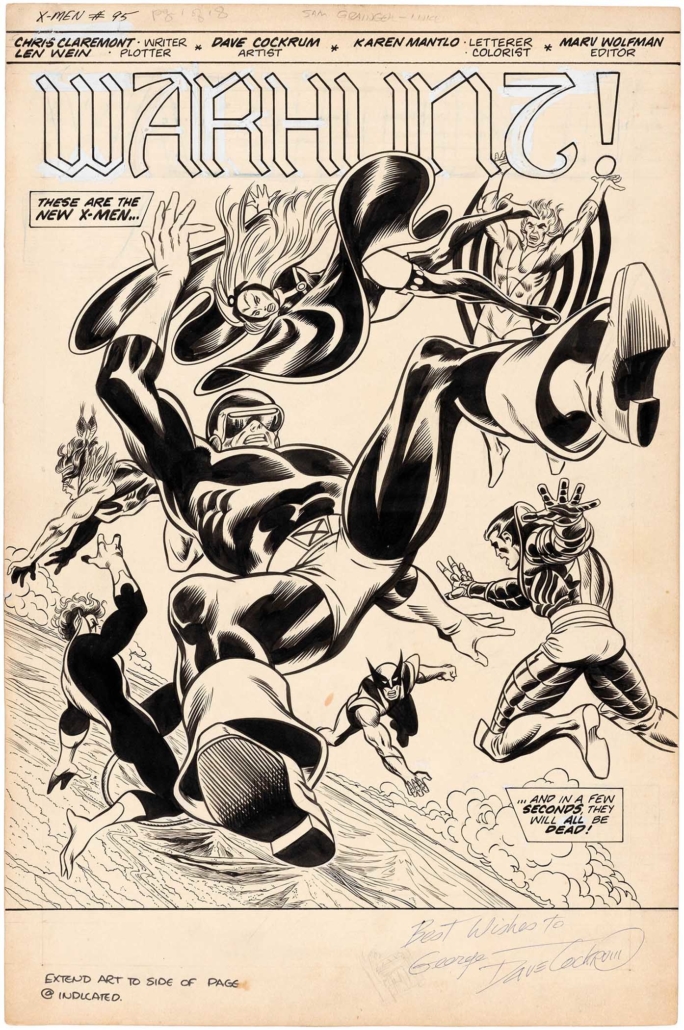
“Hake’s clientele has always been primarily very serious, passionate and dedicated collectors who seek out items they can cherish and treasure for many years as opposed to those just looking for a quick flip,” Winter said. “If anyone approaches me about investing [in collectibles], I tell them I can offer thoughts on trends and things that look promising, but I would never say, ‘Buy this. It’s a sure thing.’”
Coins: The Ultimate Collectible?
At the center of those collectibles considered to be time-tested classics are gold and silver coins. Cindy Stephenson, owner of Stephenson’s Auctions in suburban Philadelphia says coins may very well be “the ultimate collectible.”
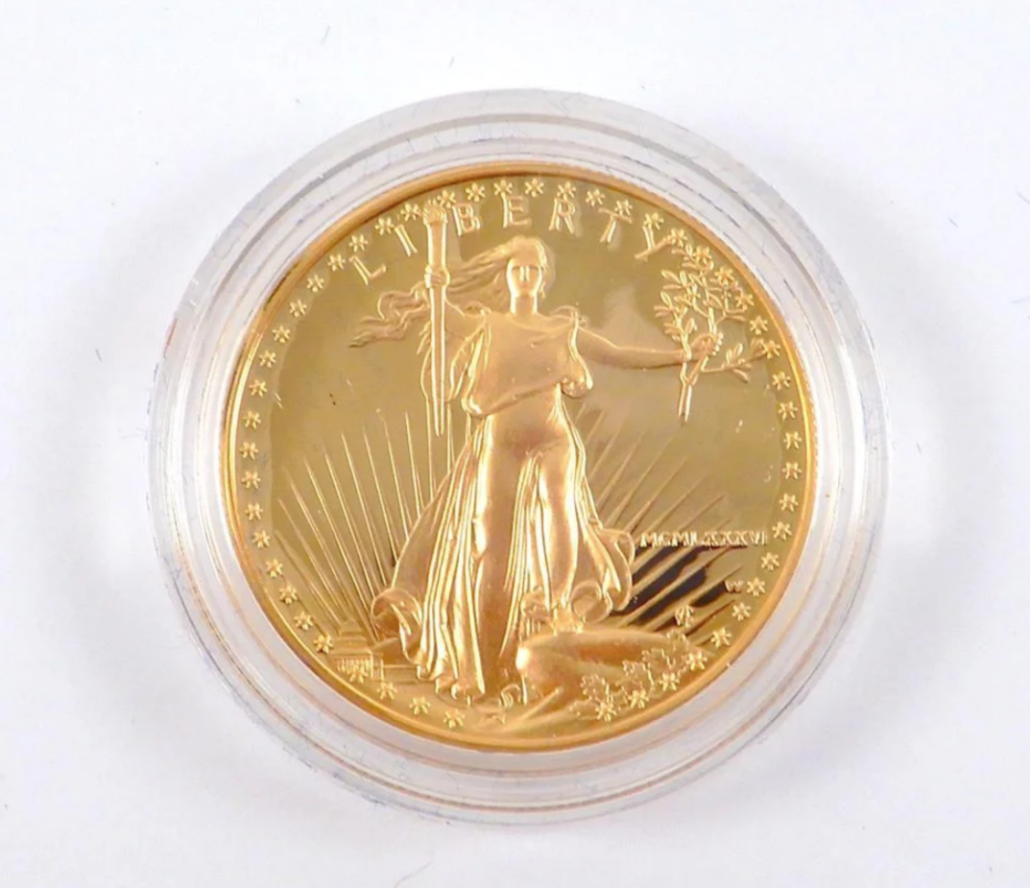
“They’re small and portable, they have both intrinsic and face value, and they have a long history of positive growth as an investment,” Stephenson said. “Any time we’re called upon to visit a residence and evaluate an estate’s contents, we ask if there might be any jewelry or coins. Invariably, there are coins that have been hidden away – sometimes in a safe, but often in less likely places, like a box in a basement or closet, or a jar in a kitchen cupboard – and often these items end up being among the estate’s most valuable holdings.”
The most expensive American coin ever sold at public auction is a 1794 “Flowing Hair” US silver/copper dollar with Lady Liberty on the obverse and the American Eagle on the reverse. It represents the finest known example of the first dollar ever struck by the US Federal Mint and is known as the “Flowing Hair” dollar because of the depiction of Lady Liberty shown in profile with flowing tresses. The coin was auctioned by StacksBowers in 2013 for $10 million.
Historically, There’s a Case to Be Made for Rare Stamps
Mike Hall, a rare stamp expert with the British firm Paul Fraser Collectibles, says even with the current pandemic and recession, many are guarding their nest eggs by seeking out alternative investments.
“Investors are being compelled to think outside the box more to protect and grow their capital. With interest rates at near zero, banks are no help,” Hall opined. “There will likely be big money to be made in the stock market in the future, but I wouldn’t dare try to call the bottom before diving in. The fact is, in these challenging times, investors need to be more resourceful and innovative.”
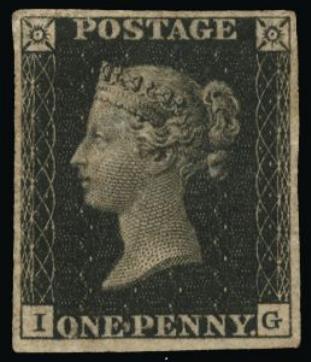
Hall recommends rare stamps, another small, portable asset that, since its introduction in 1840, “has survived wars, pestilence and economic collapse. It has never been defeated by any of these calamities, and is currently trading at its lowest levels since 2010…but, in an uptrend.”
Supporting his case, Hall notes that an investment basket of 30 classic British rare stamps has increased in value by 6,599% over the past 50 years – equivalent to a 50-year average compound annual growth rate of 9%. In monetary terms, a £10,000 ($12,400) would now be worth £678,000 ($841,130).
A philatelic classic, the 1840 British “Penny Black” stamp, has increased in value eight times over and then some over the past 20 years, per this timeline:
2000: £3,000 ($3,715)
2005: £8,000 ($9,907)
2010: £16,000 ($19,828)
2015: £21,000 ($26,007)
2020: £25,000 ($30,960)
Spirited Assets: Fine Wine
In the midst of the COVID-19 pandemic, collectible wines have remained very stable and long-term buyers have emerged, apparently with the intention of doing some bargain-hunting. London-based LIVE-EX, which tracks and reports on the fine wine market, explained why the most desirable wines seem shielded from the effects of financial downturns.
In their March 13 newsletter, LIVE-EX states: “With a low correlation to equity markets, fine wine moves at a glacial pace and is generally influenced by two long-term economic fundamentals – namely supply and demand. Over the past three months, wine prices have drifted, due to factors both internal (wine tariffs) and external (Covid-19), but there has been scant evidence of panic selling.”

In the same newsletter, a LIVE-EX chart indicates that 2016 had recently been the most-traded vintage for Bordeaux – a collector favorite – but that the “great vintages of 2010, 2009 and 2005” are also on the rise.
Collectibles and the Online Auction Industry
“Predicting the timing and degree of pandemics, recessions, recoveries and inflation is notoriously difficult. Should inflation increase, hard assets like jewelry, wine, and other collectibles are likely to meaningfully outperform most other investments. And in the interim, the stories behind, and beauty of, collectible objects make them infinitely more enjoyable than a dollar or share of stock,” said Phil Michaelson, CEO of LiveAuctioneers. “In this challenging time, with in-person events heavily restricted, LiveAuctioneers.com is ensuring folks can collect rare and exceptional items safely online. Those who bid online now with LiveAuctioneers are supporting small businesses that find and vet collectibles, and host auctions. I’m also pleased to share that in April, we’re donating LiveAuctioneers’ proceeds from new bidders’ first purchases to national and global COVID-19 response funds.”
Click to browse catalogs from thousands of auction houses worldwide on LiveAuctioneers.com.
By Catherine Saunders-Watson, Auction Central News International
_________________________________
* Hake’s Auctions, Star Wars Boba Fett prototype, Nov. 7, 2019
** Morphy Auctions, the Stephen and Marilyn Steckbeck collection, Oct. 27, 2007
# # #


